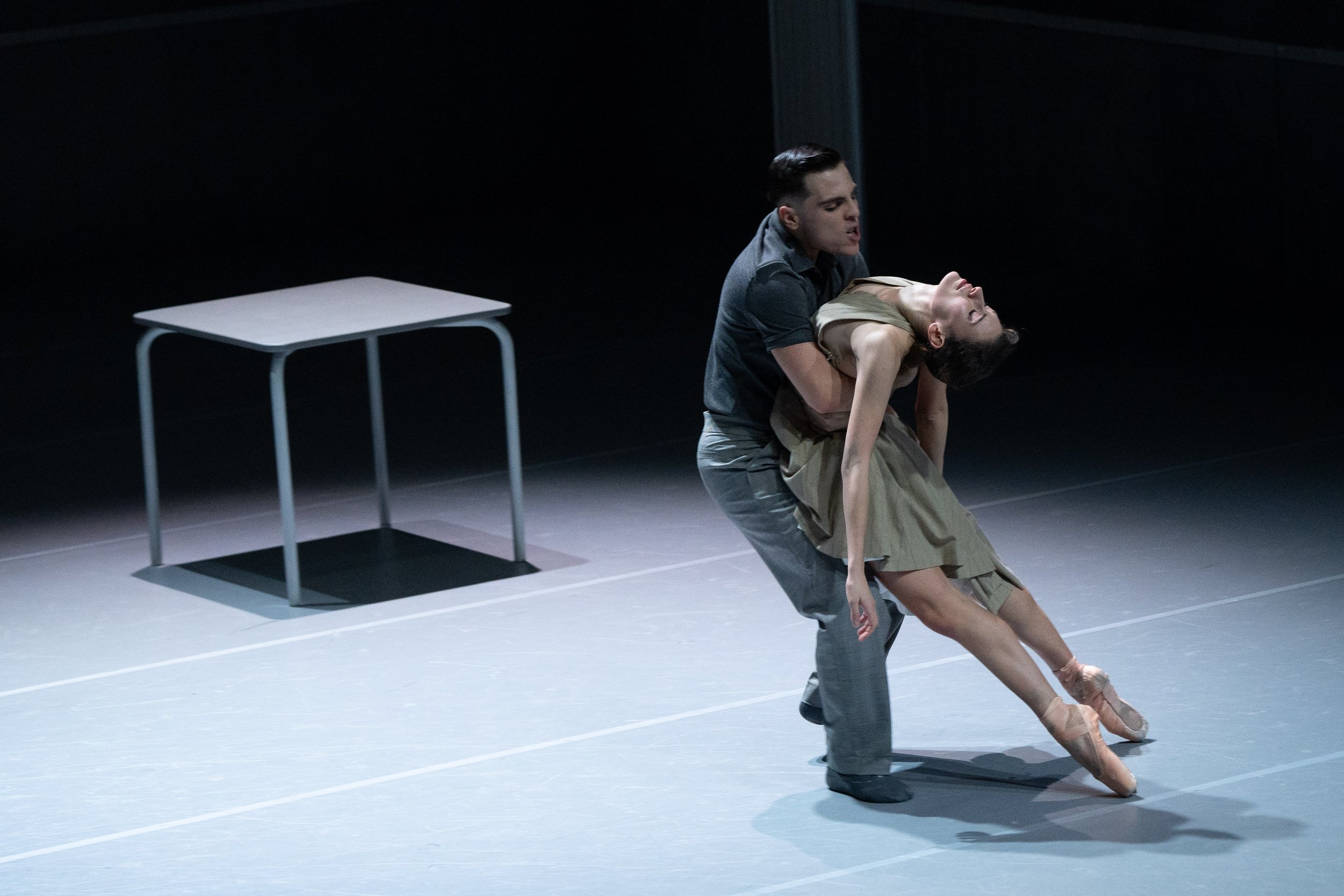"A Streetcar Named Desire" w/ Cottbus Ballet - Violence against women
Dancers - Alessandra Armorina and Fernando Casanova . Photo - Bernd Schönberger
After posting about what constitutes the musical environment on which the ballet rests, I would like to address what the core of the ballet/piece is about - Violence against women.
Far from being anachronistic, violence against women (whether domestic abuse as well as rape) is in 2024 still making headlines too often. Thanks to the MeToo and other Women’s Rights movements, more cases are brought to justice, and a very welcome shift is happening in society on this matter - alas, too slow - but significant enough to create a conversation around this topic and change the law.
At the time of the creation of “A Streetcar Named Desire” in 1947, in the US, rape was largely underreported and most likely to be judged in favour of the accused rather than the victims.
“The criminal justice system of many countries was widely regarded as unfair to sexual assault victims. Both sexist stereotypes and common law combined to make rape a "criminal proceeding on which the victim and her behaviour were tried rather than the defendant".
Adult women were often extremely reluctant to bring up charges of rape: public admission of having been raped was severely damaging to one's social standing, courts tended to be sceptical of the charges, conviction rates were low, and, if the accusation could not be proved, the victim could then be accused of committing adultery with the rapist (traditionally a serious offence that could have been punished by mutilation or even death). Certain classes of women, such as prostitutes, were banned from raising accusations of rape altogether.” (Source Wikipedia)
Dancers - Kate Farley and Fernando Casanova . Photo - Bernd Schönberger
In most Western countries, it was only in the late 1970s early 1980s that rape started to gain serious acknowledgement and laws against it at the end of the 20th century and the beginning of the 21st century.
Treating this matter in a ballet - a term that is usually associated with rosa-pink tutus and princesses (I’m caricaturing, of course…) - was no easy task but, I believe, a much-needed step into female representation in ballets and addressing difficult topics such as domestic violence and rape on stage through this medium.
With this creation, at my level and with the humility of a male choreographer merely passing a message concerning mostly women and women’s movement rights, I hope to contribute to the general discussion about violence against women.

